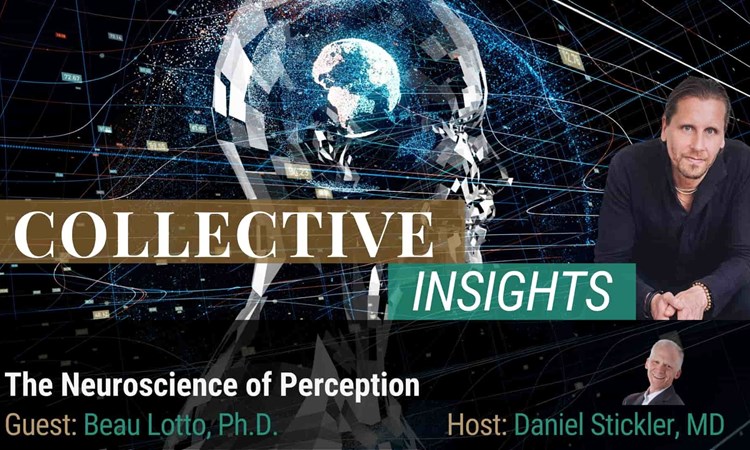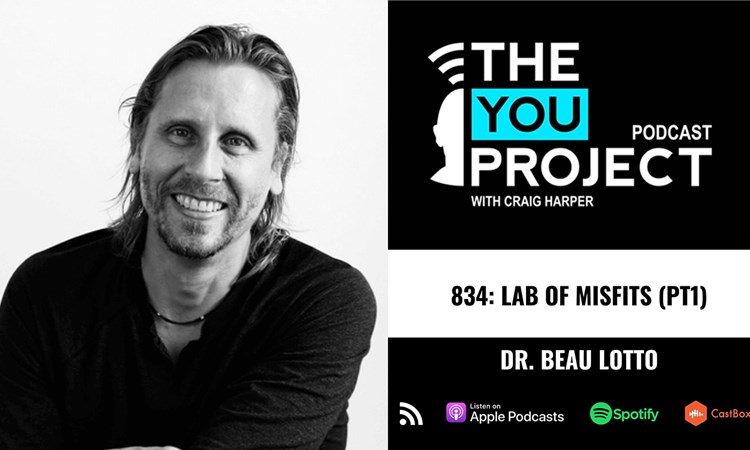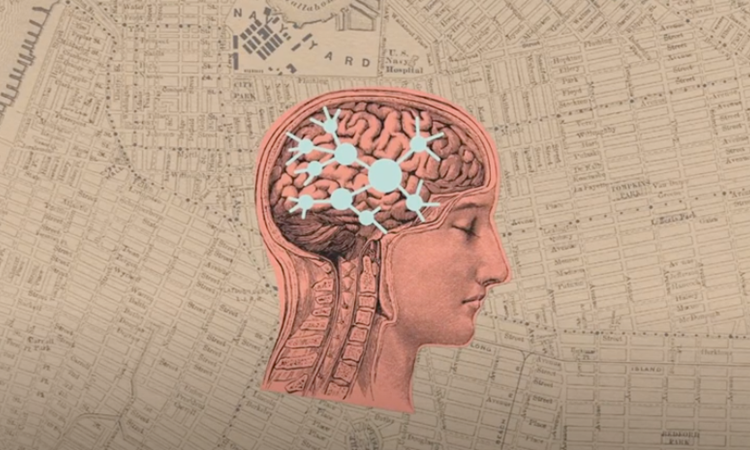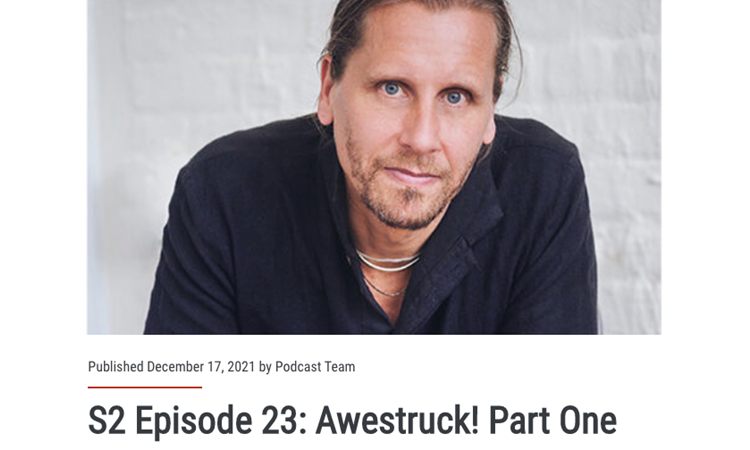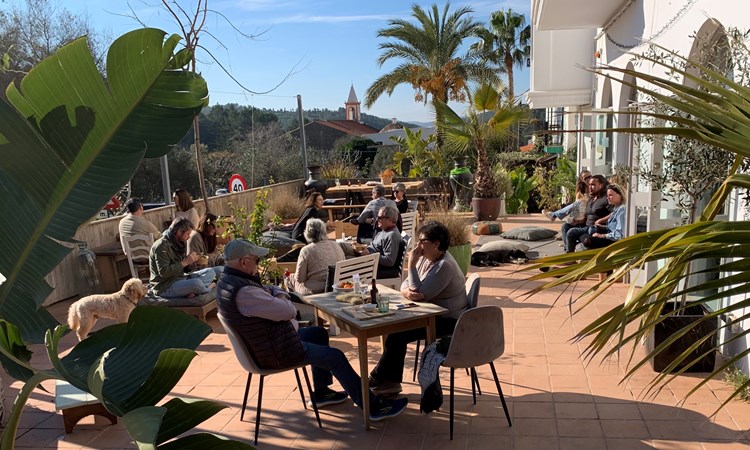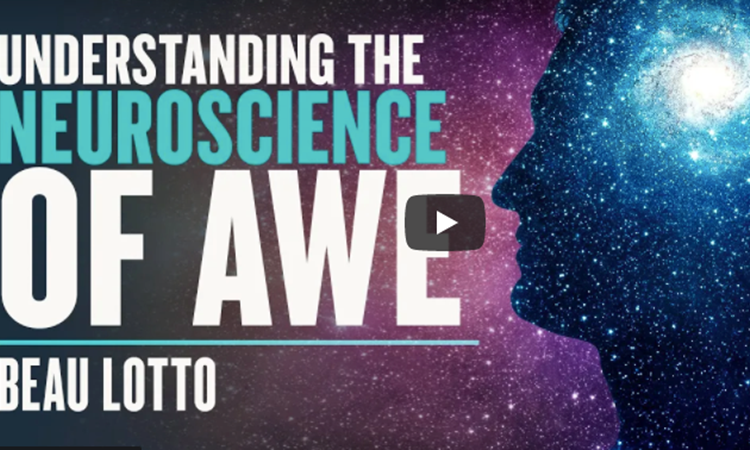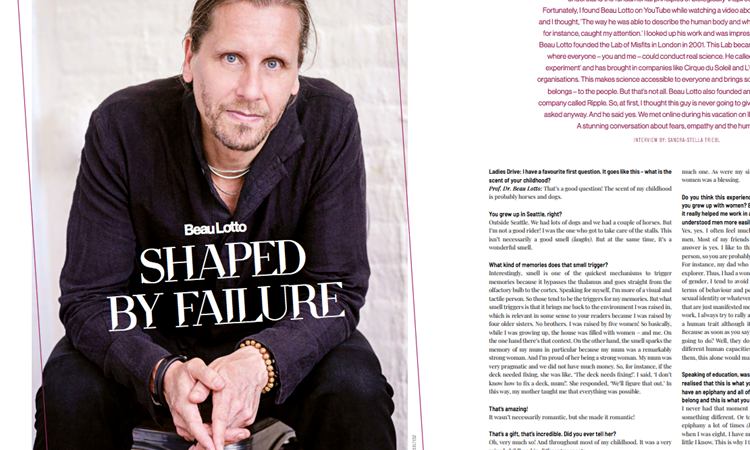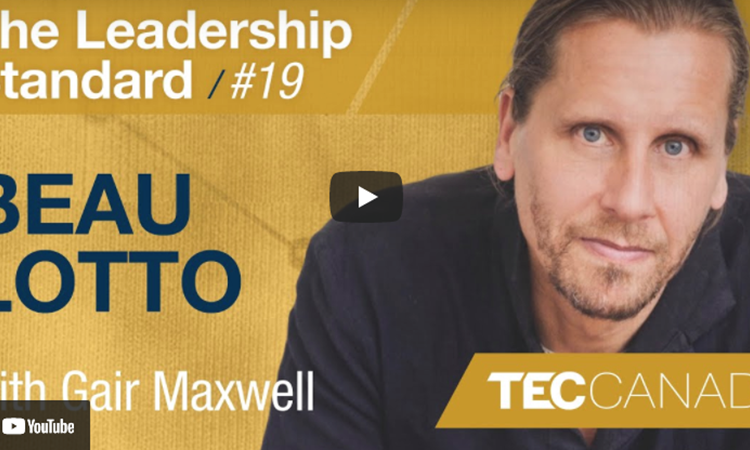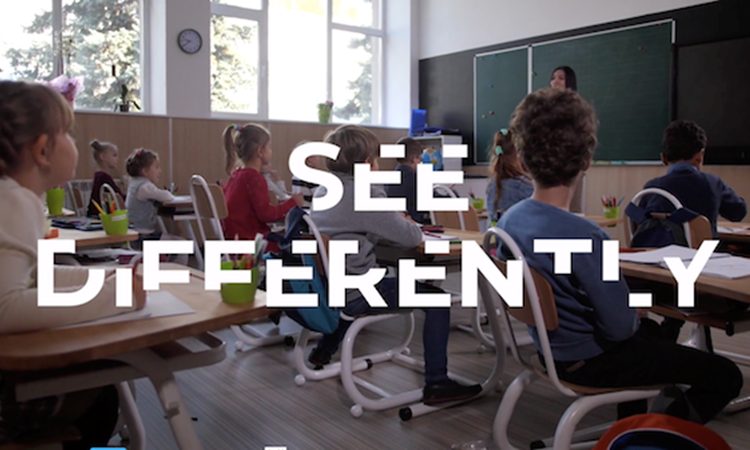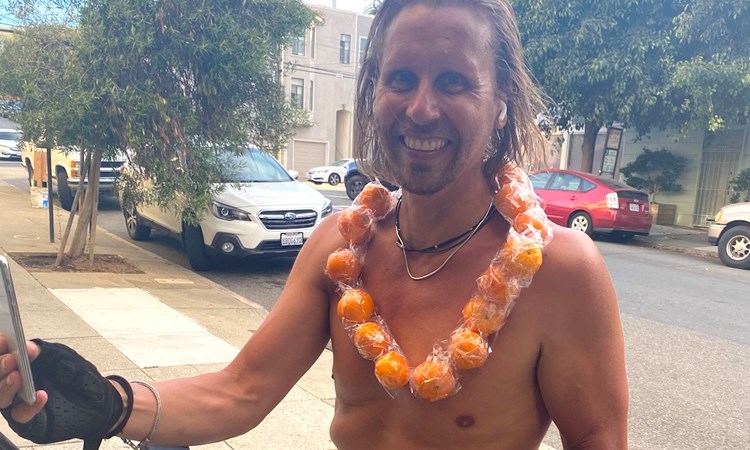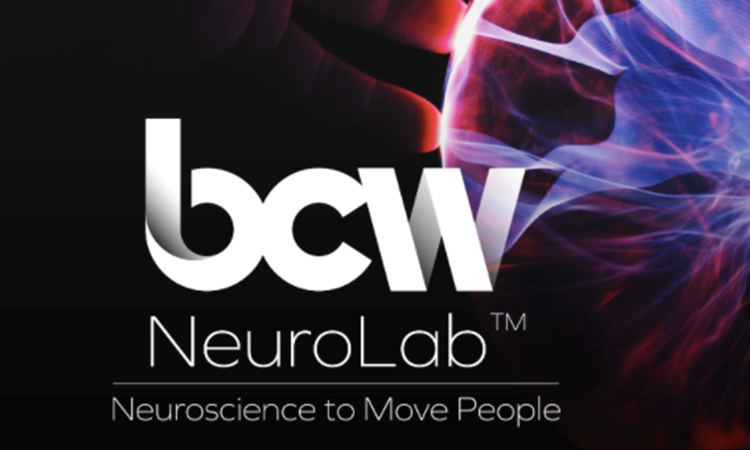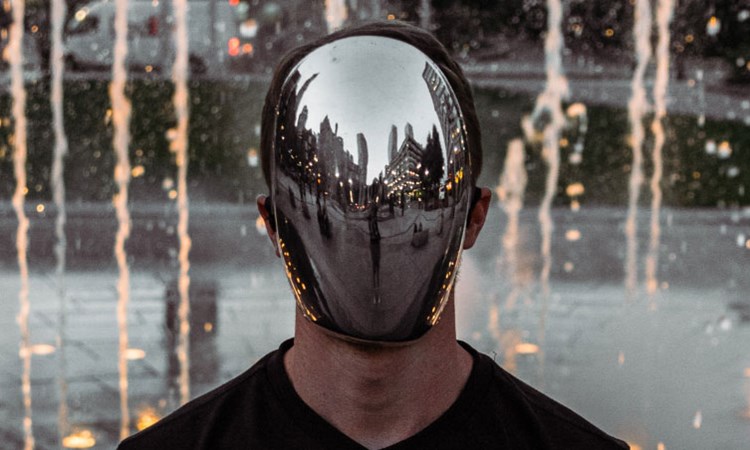FROM POLITICS TO DAILY LIFE, HUMANS ARE HARDWIRED TO SEE OTHERS AS “US” AND “THEM”
Lab of Misfits’ Beau Lotto recently participated in a video with Big Think* entitled Us vs Them; Explained. In the video, Beau joins neuroendocrinologist Robert Sapolsky, psychologist Alex Todorov, author Dan Shapiro and others in an exploration of the way humans have evolved in bias thinking - how “us” and “them” is determined.
Sapolsky’s insight is that humans are hardwired (“really, really hardwired”) to see social structures that are broken down as “us” and “them.” And we don’t like the “thems” very much. He elaborates on oxytocin, the hormone responsible for mother/child and couples bonding, as promoting pro-social behavior. Studies, which Sapolsky discusses, show that the trusting and empathetic benefits of oxytocin only reveal themselves with people we think of as an “us.” He additionally dives into the manipulation of humans into dividing these social groups. That manipulation can go both ways; getting us out of our worst “us” and “them” categorization, or further creating that divide.
Author and diplomat Dan Shapiro reflects on “being part of a tribe” and the most important element of this being “loyalty.” When that loyalty appears to be broken, the tribe sees that as betrayal and social punishment can be the result. The political divide in the United States is a perfect example of this. If a democrat agrees with a republican it can be seen as an affront to their party.
Todorov digs into first impressions and the fact that “we tend to like faces that are typical.” The faces that are typical in our social environment. What is a trustworthy face? According to studies, based on ethnicity and natural environment, we extract information about people based on faces. This is because, in the absence of other information, we are trying to very quickly assess and define the person we see.
How do we learn to see beyond the hardwiring that defines “us” and “them” based on how we interpret faces, tribalism, and the bias received from oxytocin? Beau Lotto says that “it’s by becoming aware of how and why we see what we do. It’s by admitting and then embodying the fact that everything each of us do is grounded in our assumptions, many of which we inherited from our families, culture and ancestors.” It’s this embodied awareness about the nature of our perception that gives us the possible agency to perceive differently by questioning what we assume to be true about the “us” and “them”. Often the difference is a contrived distinction that becomes more a barrier than an enabler of thriving in a world that is constantly changing.
Do we have the potential to change the hardwiring of seeing social structures as “us” versus “them?” Watch the full video here for further insights into how and why this division is universal and how we might be able to unravel these biases.
Written by: Amy Gentry.
*BigThink.com is a website that creates and hosts actionable lessons from the world's greatest thinkers and doers.
PLEASE CONTRIBUTE BELOW AND SHARE THIS WITH OTHER MISFITS IN YOUR LIFE
Find out more
